Written by: Pille-Riin Meltsas, MSc student, Estonian University of Life Sciences
Rail Baltic high-speed railway project threatens land owners and biodiversity
Rail Baltic is an international rail connection project, which will connect the three Baltic States (Estonia, Latvia, Lithuania) to the rest of Europe, service on the new high-speed railway is expected to start in 2026. The project has brought with it both a positive and a negative response. Positively is listed a great cross-border connection, economic development, fast and convenient transportation for people and goodies. Due to the new railway, it is expected that people will drive their cars less, thus reducing the amount of emissions into the air. The project will create ~13 000 full-time equivalent construction jobs and about 24 000 indirect jobs during the construction phase. People who have a distrust of the Rail Baltic project are suspicious about several aspects. For example, the new railway construction costs around 5 billion euro in total. Citizens have asked questions like, aren’t there more important and reasonable ways how to use this money? The Rail Baltic project has written about a significant reduction in air pollution due to its future train traffic, but with what did they compare air pollution reduction? It turns out that with the road traffic of machines that were manufactured at the end of the last century, which does not seem appropriate in view of the increasing use of current and future more environmentally-friendly vehicles - where the impact of machinery pollution is even 25 times lower than before. Railway construction will also cost a lot of mineral resources, which would not be the best indicator of sustainable use of resources. The route of the railway in Estonia is to go through private properties, it means, that people have to abandon their homes because of the new railroad construction - Rail Baltic wants to take land to nearly 650 private landowners. With the acquisition of land is intended to make a satisfying agreement for all parties involved in Rail Baltic, to sell their dwelling house, forest land or agricultural land. However, this would not compensate caused mental harm. And there are several land owners who have stated that they don't want to sell their property in any circumstances. With the protest action in 2017, January, 2580 signatures were collected in order to gain insight into the real effects that Rail Baltic will have on citizens and their property in the future. Signatures were collected by Ökoriik Eesti society, civic movement Avalikult Rail Balticust, the Latvian Land Owners' Association, the Lithuanian Nature Foundation and the Union of Land Owners of Lithuania, the Pasvalys office.
Talking about the natural environment, many habitats, including animals migration routes, will be destroyed by the construction of the railway. As the railway line will be surrounded by a fence, it is planned to build dozens of ecoducts and hundreds of smaller passages to mitigate the mobility of wildlife. Many experts say, that according to previous experience in Estonia, the ecoducts aren't reliable solution.
Since Rail Baltic is going to transport passengers and freight, including dangerous goods, it may cause a lot of damage to the natural environment in the event of an accident. To sum up, like every other major infrastructure project, the Rail Baltic project has its own pros and cons, both to the natural environment and people - so every detail should be elaborated with extra care. But at the moment the main question - aren't the costs (direct financial costs and the impact in wider terms) of the new high speed railway too high - remains.


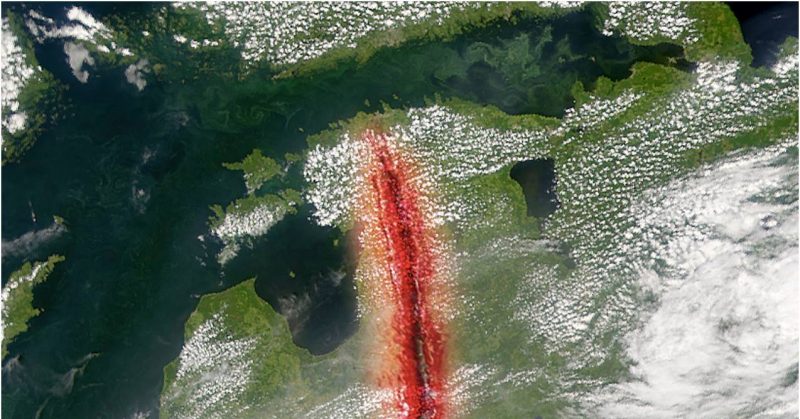
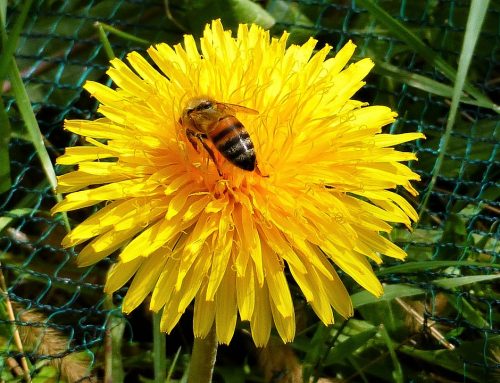
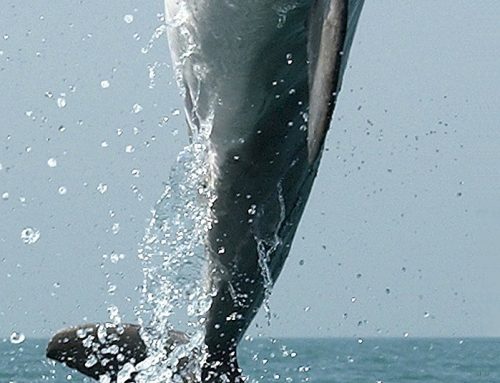
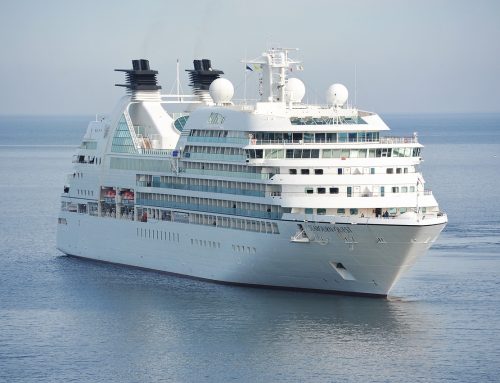

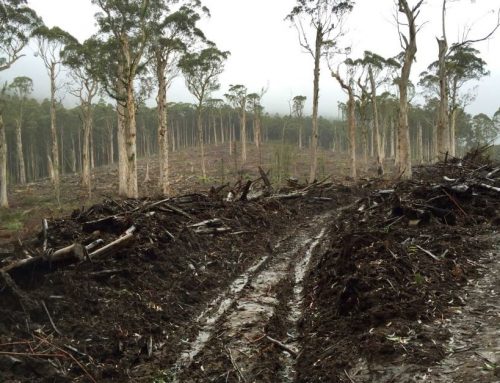
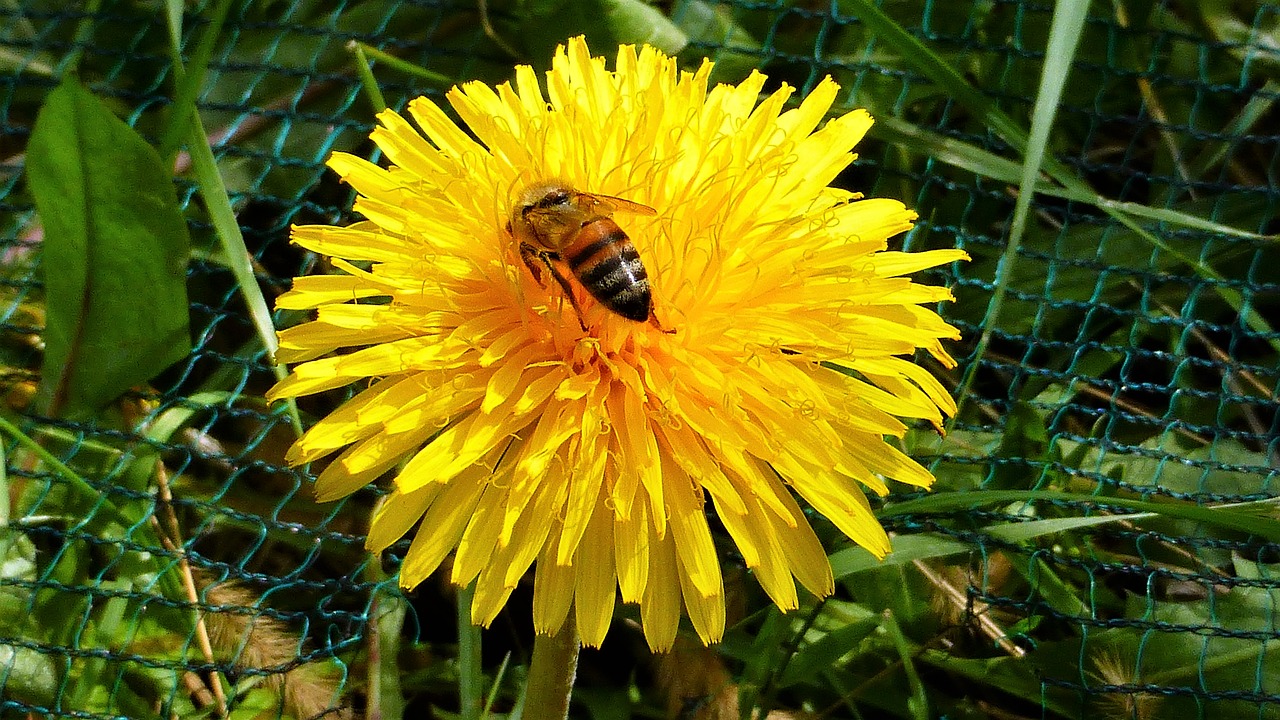
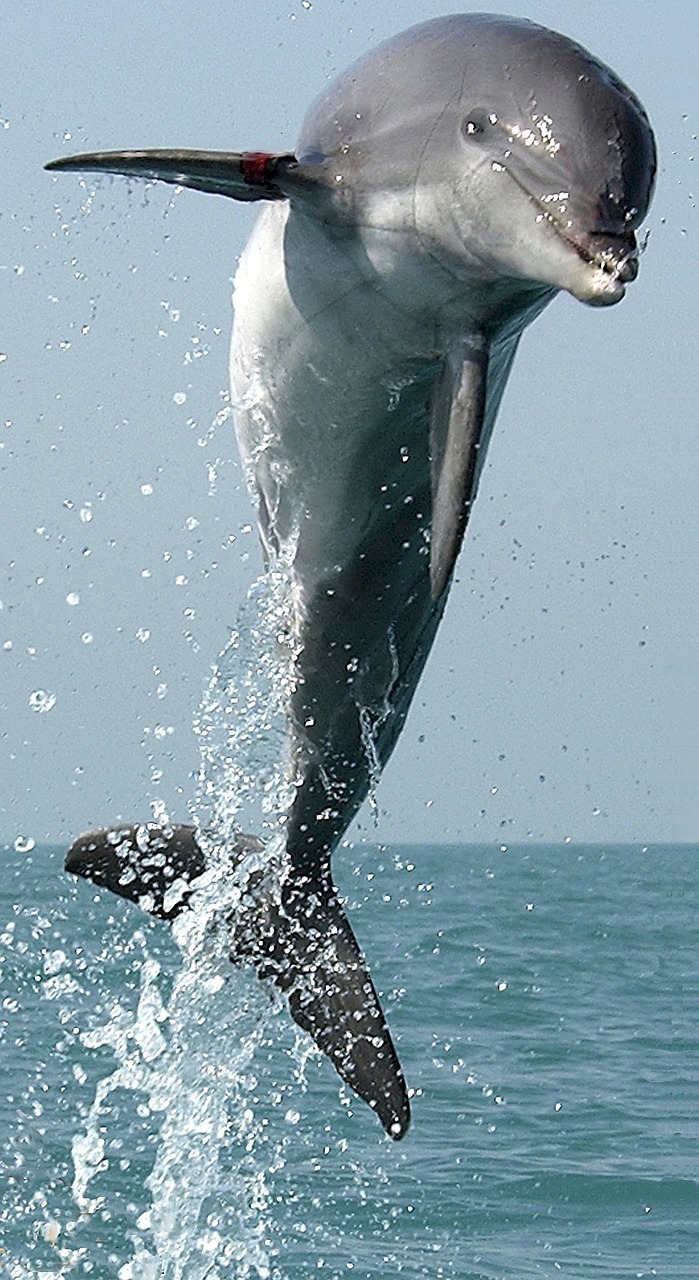
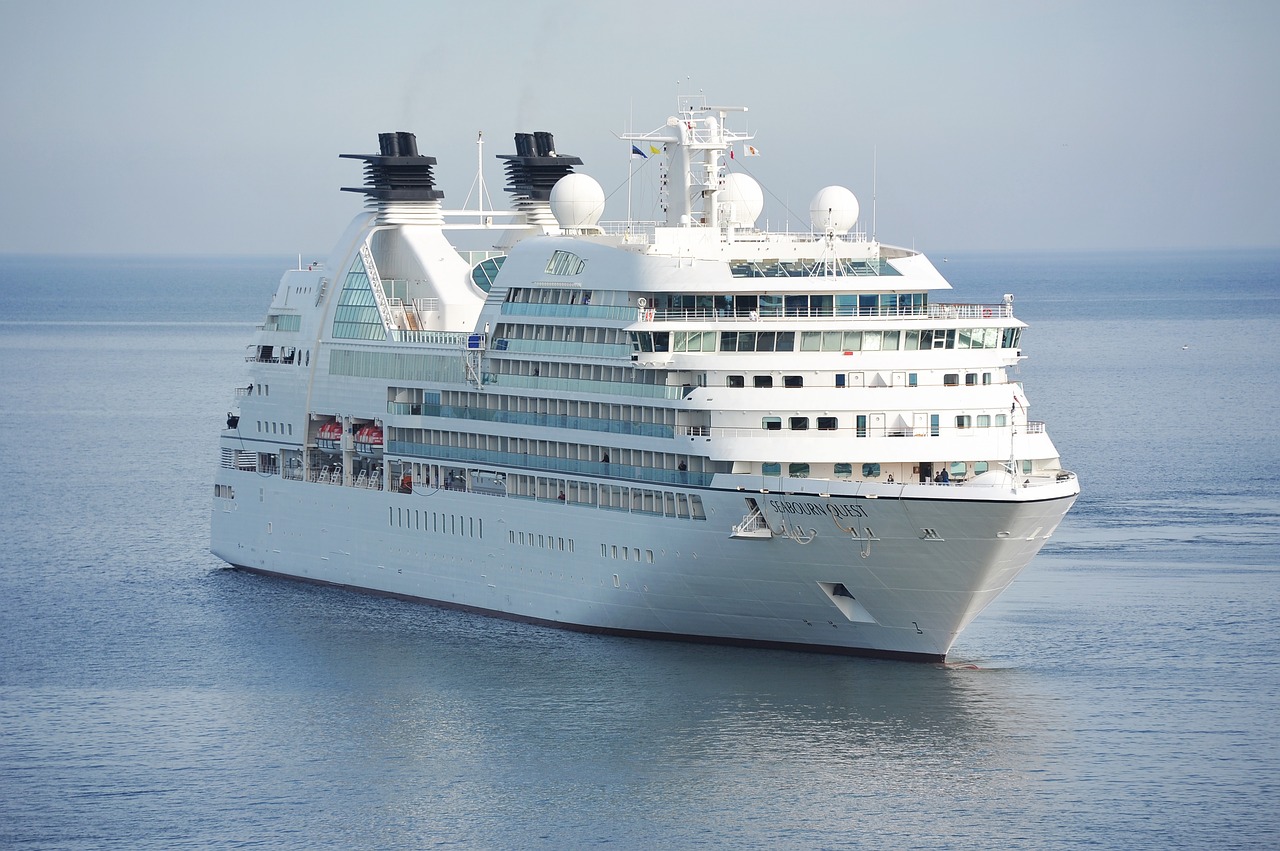

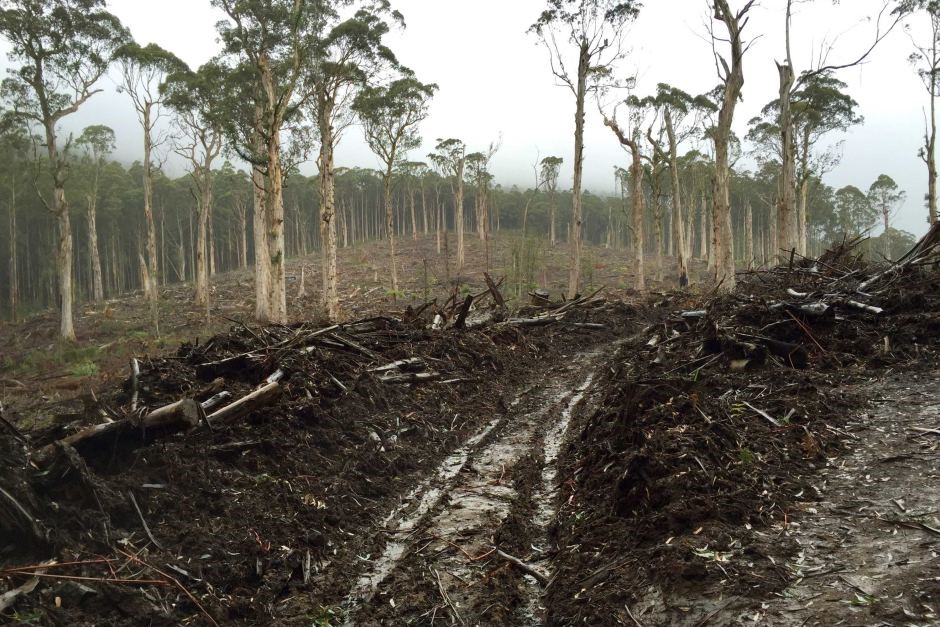
Home › Forums › Rail Baltic high-speed railway project threatens land owners and biodiversity